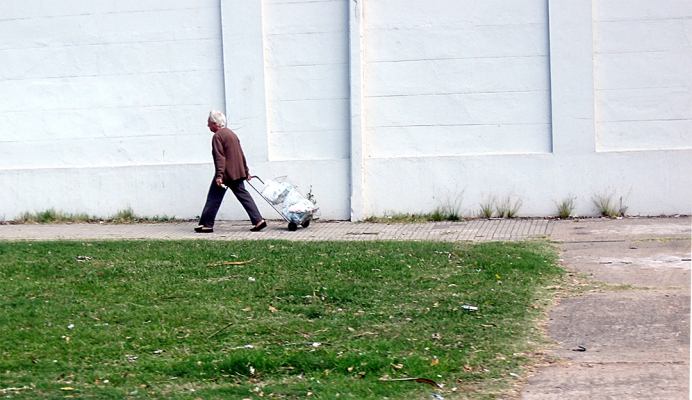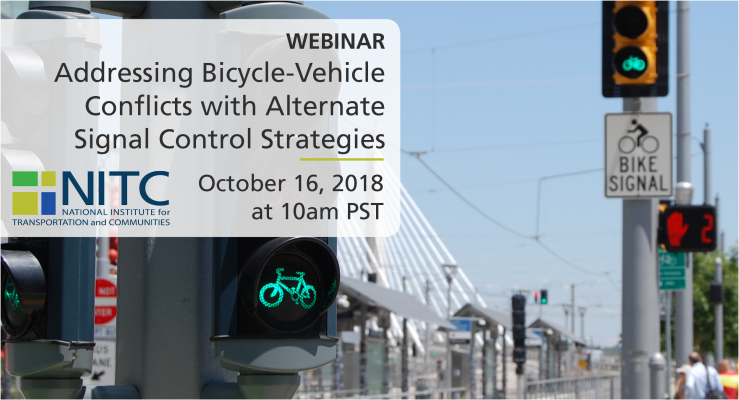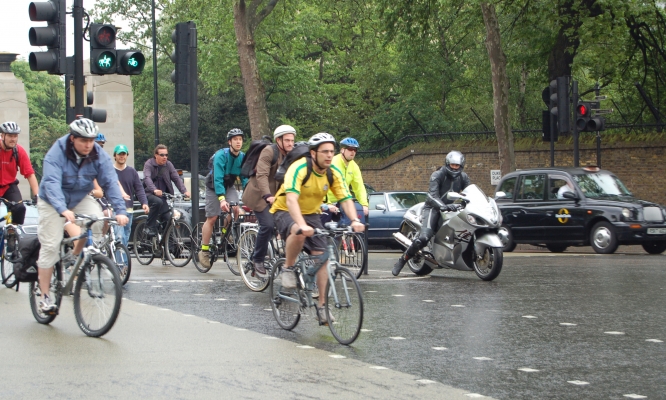By Jennifer Dill, Ph.D.,TREC Director
Much has been written about millennials and their travel choices, both in the popular press and academic journals. The common theme of the storyline in the popular press is that millennials are driving less, owning fewer cars, and/or not getting their driver’s license. As a complement to that, they are early adopters of new modes, such as car sharing, bike sharing, and ridehailing. One assertion is that they would rather be using their mobile device in a Lyft car or on transit, than sitting behind the wheel. While the popular press often attributes these shifts to fundamental changes in attitudes or values, research from academics such as Noreen McDonald tells a more complicated story. McDonald found that economics, both decreased employment and the overall dampening in travel demand, explain much of the decrease in millennials’ driving. Switching modes did not, though attitudes and electronic...
Read more


